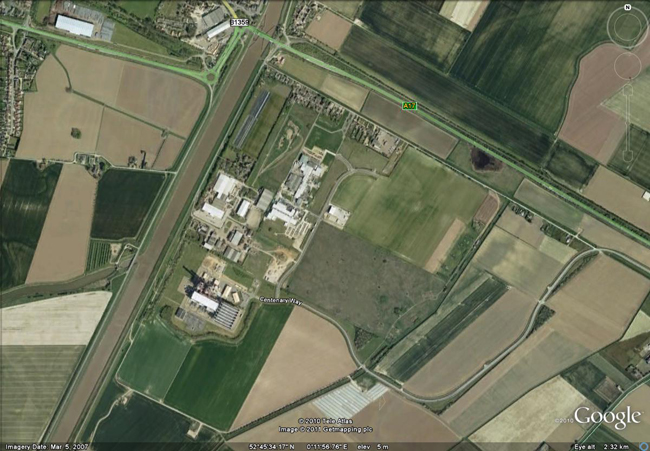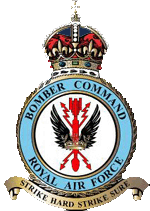Sutton Bridge Airfield History

(Map edited to show runways)

© Crown Copyright/MOD 2010
52°45'35.50"N 0°11'48.44"ERunways:
08/26 3450ft (PSP) - 13/31 2400ft (Sommerfeld tracking) - NE/SW 4200ft (grass)
The airfield at Sutton Bridge owes its existence to the air-to-ground weapons ranges sited around The Wash. The site, just south of the village of Sutton Bridge and east of the Nene Outfall Cut, was first used in 1926 when squadrons using the ranges camped out at the rudimentary airfield, usually in the summer months. During the early 1930s the airfield was developed and training at the nearby gunnery ranges continued. Following the outbreak of WWII, the airfield was transferred to 12 Group, on 30th October 1939. On the same day, No.264 Squadron and No.266 Squadron reformed at the airfield although neither unit had received its aircraft at this time. In fact, it was not until they had moved to Martlesham Heath, Suffolk, that No.264 Squadron received its Defiants. Meanwhile, No.266 Squadron fared slightly better, with the arrival of Battles in December 1939 and Spitfires in January 1940. In March, No.266 Squadron also moved to RAF Martlesham Heath.
With the departure of No.266 Squadron, the airfield became home to No.6 OTU. In November, it was renamed No.56 OTU and remained at the airfield training Hurricane pilots for the next 15 months. In March 1942, No.56 OTU moved to Tealing, Angus, and the station transferred to 25 (Armament) Group, Training Command, concentrating on gunnery instruction. From February 1944-April 1946, the airfield was used as a Relief Landing Ground. At the height of its use, the station had evolved from a basic temporary campsite to having three runways, all grass surfaced, two covered with Sommerfeld steel tracking. Two Bellman hangars, six blister hangars and an aircraft repair shed were provided, along with accommodation for 1869 personnel, all ranks. The airfield was retained until 1958, although no further flying took place.
Today the airfield site is now agricultural land. The technical site, on which one of the Bellman hangars still stands, is an industrial estate, the Wingland Enterprise Park. Near the bridge stands a memorial to the former airfield, dedicated in 1993, to 'All Nationalities Who Served'.
| Date | Squadron | Notes |
|---|---|---|
| 1926 | Station opened as a Gunnery Training Camp. | |
| January 1932 | Station became No.3 Armament Training Camp. | |
| 1936 | Stations airfield fully opened. | |
| November 1939 | No.266 Sqn | Operating the Fairey Battle and Supermarine Spitfire. Left Sutton in March 1940. |
| November 1939 | No.264 Sqn | Operating the Fairey Battle. Left Sutton in December 1939. |
| December 1939 | No.254 Sqn | Operating the Bristol Blenheim. Left Sutton in January 1940. |
| November 1941 | No.56 OTU | Operating the Hawker Hurricane, Fairey Battle and Supermarine Spitfire. The Operational Training Unit left Sutton in March 1942. |
| September 1942 | GLW | The Gunnery Leaders Wing left Sutton in March 1944. |
| February 1946 | Station placed on care and maintenance. | |
| July 1954 | No.54 MU | The Maintenance Unit left Sutton in November 1957. |
| 1958 | RAF Sutton Bridge closed. |
